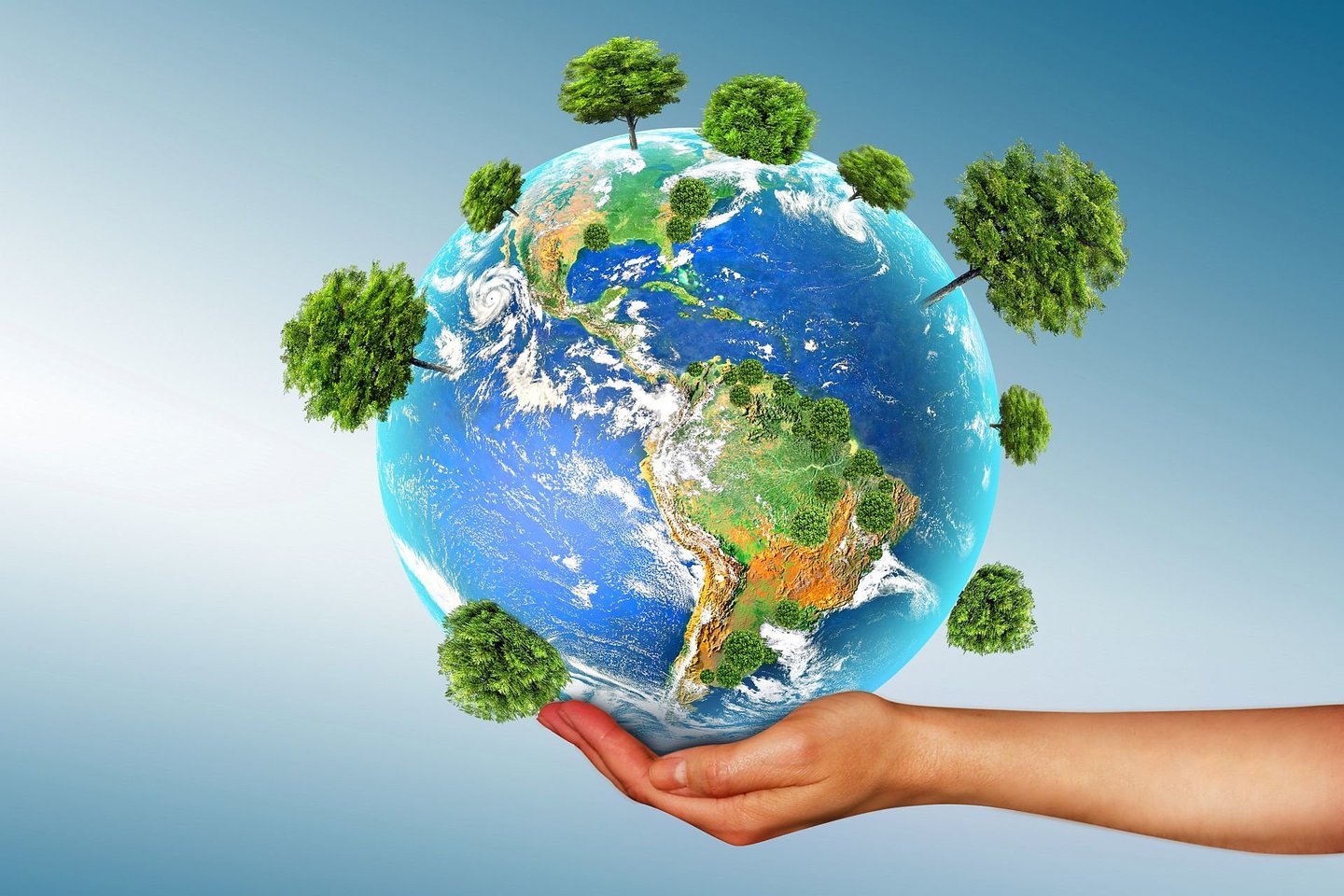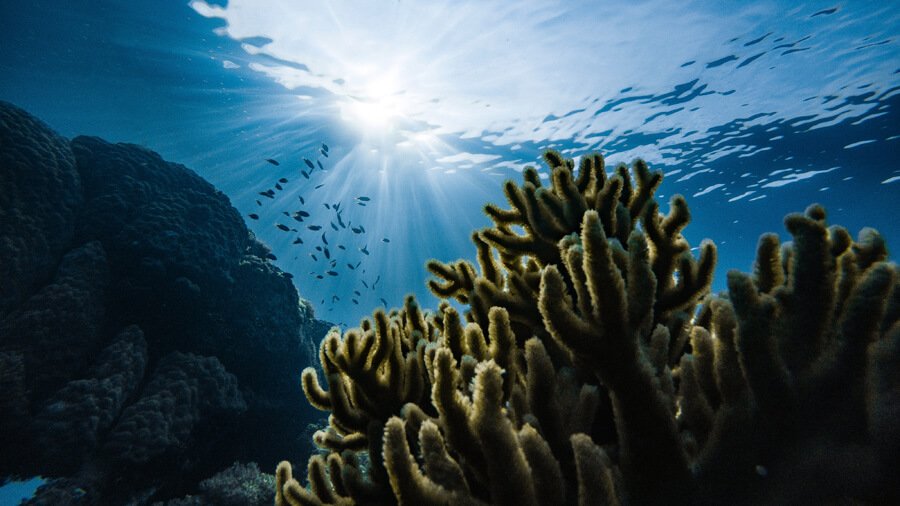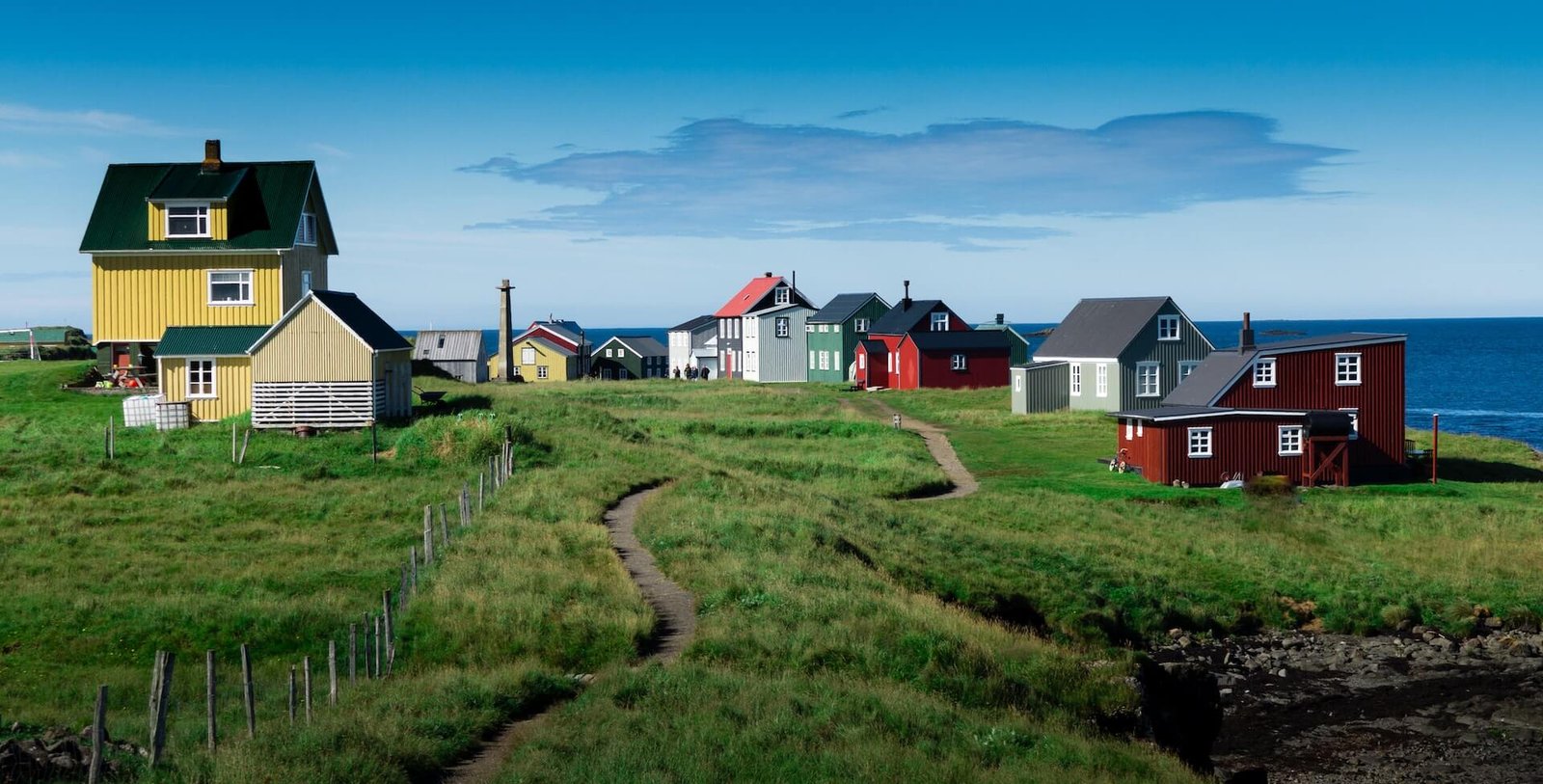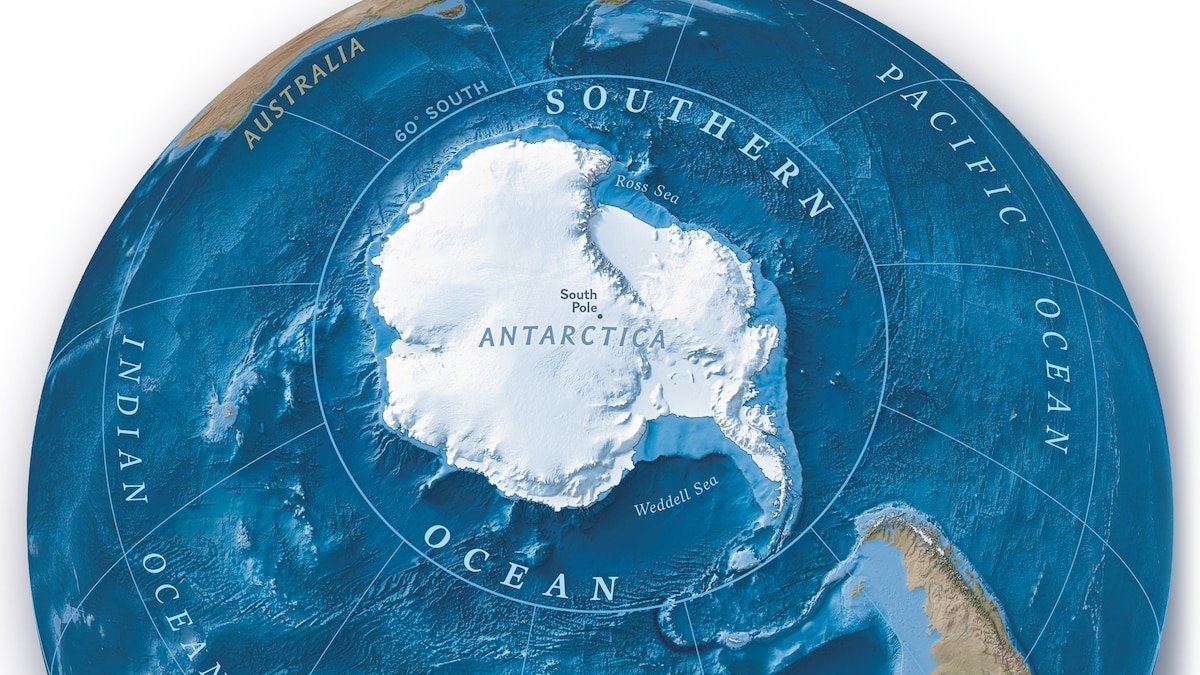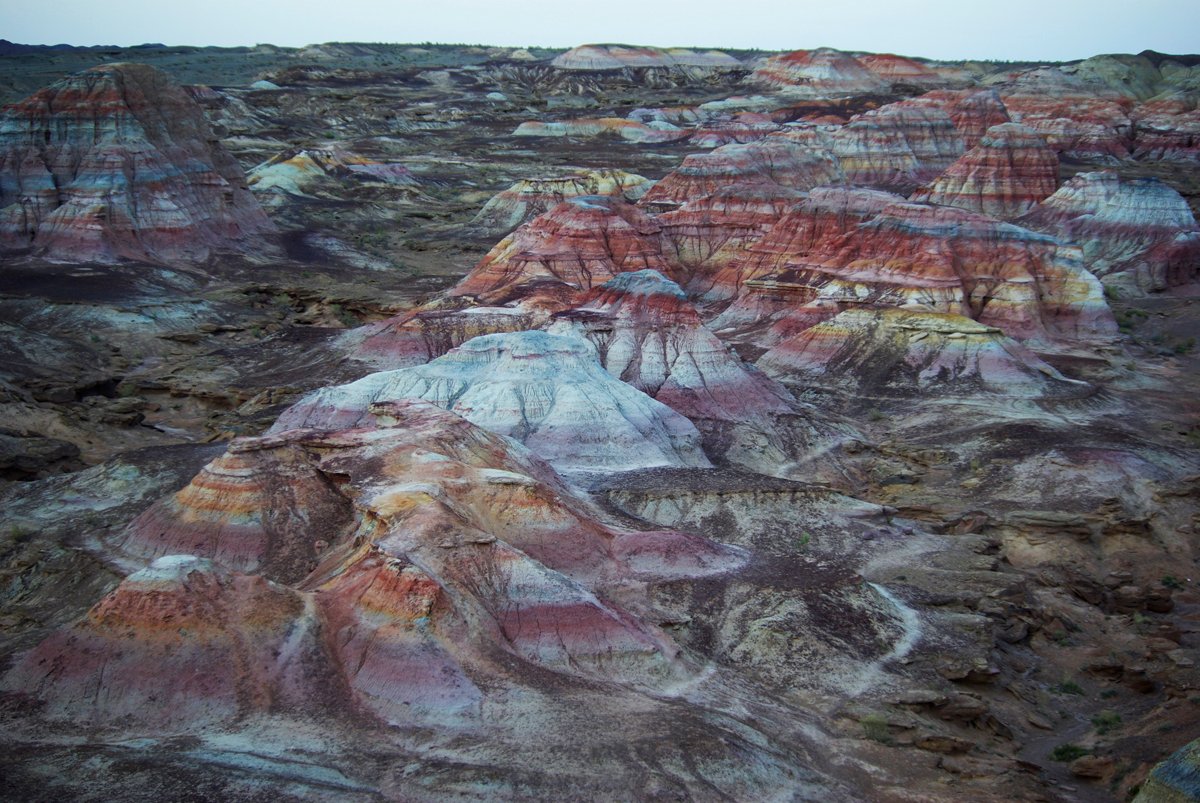You will probably agree that the Earth is a wonderful planet. It’s amazing not only because it’s the only planet teeming with life so far – but also because of how little is known about it. Well, at least most of us do. Because scientists keep discovering this and that new thing – and we are left to wonder and enjoy such news.
1. Earth’s core
is as hot as the Sun’s surface Paul Asimov, a geochemist at the California Institute of Geology, says that within a certain margin, the temperature of our Earth’s core is similar to the temperature of the Sun’s surface, which is about 5,500 degrees Celsius.
2. The Earth is radioactive
During a study conducted in 2011, it became clear that the Earth generates a total of about 40 terawatts of heat energy – and half of this energy is generated by the decay of radioactive materials in the planet’s core. Scientists have measured particles called antineutrinos that come from the Earth’s core – and discovered that half of the heat energy the Earth generates comes from the decay of certain radioactive elements
3. Life below the ocean floor
Life below the ocean floor Victoria Orphan, a geobiologist at the California Institute of Geology, says that the sediments in Earth’s oceans are home to 2.9 x 1029 microorganisms that live 2.5 kilometers below the ocean floor. Much of this deep-sea biosphere grows extremely slowly compared to the outside world – cells are estimated to divide only every 10-1000 years. Scientists are finding more new sources of microbial life below the ocean floor than ever before. Scientists recently revealed that they have discovered traces of bacteria in rocks 120 meters below the sea floor – significantly deeper than ever before.
4. Moss is everywhere
U.S. Geological Survey ecologist Sasha Reed says mosses live on surface soils in deserts around the world. Interestingly, mosses can take water directly from the air using adapted structures resembling small hairs that stick out from the leaves, called chaff. For this reason, mosses can survive even in dry areas.
5. “Earthquake weather” is a myth
Seismologist Dr. Lucy Jones says that every culture has its idea of “earthquake weather” which it uses to rationalize its belief that the weather can foretell an earthquake. Scientist says that earthquakes happen below the earth’s surface and are part of a continuous process – so they have nothing to do with the weather.
6. By 2100, the sea level may rise by 75 centimeters
Climate scientist Tapio Schneider says global sea levels could rise by around 60 centimeters by the end of this century. A sea level rise of 30 to 60 centimeters is a serious threat to low-lying islands, narrow and shallow beaches, and marine ecosystems.
7. Clouds help regulate the planet’s temperature
T. Schneider also says that if we poured all the water in the clouds onto the Earth’s surface, a layer of water no thicker than a hair’s thickness would form. But it’s this amount of water that makes the difference between a cool day and a muggy day – and a sunny day and a warm one. It is also important for our planet’s climate. Because of clouds, the Earth’s average temperature is 10 degrees lower than it would be without them. T. Schneider says that the number of clouds will determine how climate change will continue to develop. Climate computer models do not provide an answer to this question, as it is extremely difficult to simulate clouds and the amount of water they contain. For this reason, scientists are developing more accurate simulations that can better predict climate change.
8. The earth is 10,000 times older than humans
Jeremiah P. Ostriker of Princeton University says that the age of planet Earth is about 4.5 billion years. Homo sapiens, meanwhile, arose about 450,000 years ago, which is only about 1/10,000 of the age of the Earth. And people spread around the world only 45,000 years ago.
9. We do not know who named the Earth Earth
There is no historical record of a person giving our planet the name Earth, unlike other planets. It is the only planet not named after a Greek or Roman god.
10. Earth is a heat engine
Andy Ingersoll, a scientist at the California Institute of Geology, says the Earth is a huge heat engine. The heat from the Sun is absorbed in warm areas (lowlands and the Earth’s surface), and heat is radiated in the form of infrared rays in cool areas (altitudes and the atmosphere). This heat energy is converted into kinetic energy, which turns into winds and storms.
11. … but an inefficient engine
A. Ingersoll continues that the Earth is not an efficient heat engine. The difference between cool and warm areas is only a few tens of degrees, so the Carnot efficiency is only 10 percent. However, most of this energy is wasted as warm areas radiate energy to cold areas, creating entropy. So, this heat engine is only 1 percent efficient in creating kinetic energy, but it creates more entropy when the winds die down.
12. The famous US 66 highway is longer than the road to the core of the Earth
Seismologist Jennifer Jackson of the California Institute of Geology says the boundary between the Earth’s core and mantle is about 3,000 kilometers below the surface, a little less than the longest road in the United States, called Route 66. This region between the surface and the core, which consists of both solid rock and liquid iron-rich metals, is as complex as the Earth’s surface.
13. A magnitude 12 earthquake would split the Earth in half
The already mentioned dr. Jones says there has never been an earthquake stronger than 9.5 on the Richter scale, nor an earthquake larger than the size of California. She says a 13-magnitude earthquake simply wouldn’t be possible — because it would require a tectonic trigger bigger than the Earth itself.
14. Earthquakes can be felt on the other side of the planet
Seismologist Zhongwen Zhan of the California Institute of Geology says that earthquakes can occur about 650 kilometers below the earth’s surface – and can be felt on the other side of planet Earth. In 2013, an earthquake occurred near the Kuril Islands (Japan), at a depth of about 650 kilometers – but it was also felt in Australia.
15. The hole in the ozone layer hasn’t closed yet Scientists discovered the first hole in the ozone layer directly above Antarctica in 1985.
The Montreal Protocol, signed in 1987, was the first United Nations-approved plan to focus on reducing ozone-depleting chlorofluorocarbons.
16. A teaspoon of soil contains a billion bacteria
Biologist Dianne Newman of the Geological Survey of California says one teaspoon of soil contains a billion bacteria, the number of people living in Africa.
17. The earth is not perfectly round
Planet Earth is more like a slightly flattened spheroid. But the Earth is not flat by any means.
18. The days are getting longer
Tides are the tiny difference between the gravitational pull of the Moon and the Sun and the centrifugal forces that point in different directions. Earth’s tides are strongest when the three celestial bodies are in a line, which is the case when the Moon is nearly full and young. At this line, the Earth is being pulled at that time, explains A. Ingersoll. He says the ocean reacts the most, but even hard surfaces are affected by tidal forces. The reaction causes water to flow into the oceans and rocks to move underground, both of which waste kinetic energy. Because of this, the speed of rotation of the globe slows down and the days start getting longer.
19. Earth’s contraction can be seen from space
Groundwater pumping can lead to surface subsidence. The surface settles enough that this process can be seen from space. Scientists use satellites and GPS systems to determine how much the Earth’s surface is settling.
20. There are more viruses on earth than stars
The universe is simply teeming with viruses on Earth. There are about 10 billion different viruses on the planet. And that, according to Katherine J. Wu of National Geographic is 100 million times more than there are stars in the Universe.

